Egypt Historian Uncovers ‘Underground Paradise’ 138 Metres Below Valley of the Kings
Photo from Tour Egypt: The Tomb of Seti I
An Egyptian historian was granted access to a tomb in the Valley of the Kings that has been marked unsafe for years, and she uncovered an "underground paradise".
KV17, located in Egypt's Valley of the Kings, is the tomb of the Pharaoh Seti I of the Nineteenth Dynasty. It was first discovered by Giovanni Battista Belzoni on October 16, 1817, but has been closed since the early 1960s due to significant damage to the structure. However, historian Bettany Hughes was granted special access during the filming of her Channel 5 show “Egypt’s Greatest Treasures”.
El-Kurru’s Carved Graffiti Reveal Another Side of Ancient Nubia
The funerary temple and the largest pyramid at El-Kurru. COURTESY GEOFF EMBERLING
ANWAR MAHAJOUB GREW UP IN the village of El-Kurru, Sudan, along the Nile between its Third and Fourth Cataracts. Besides at its delta, which offers a flourish of emerald where the river meets the Mediterranean Sea, the Nile is almost entirely bordered by just a thin band of foliage, beyond which are the sepia sands of the Sahara. For centuries, the desert has obscured and protected the tombs of kings, riverside temples, even entire ancient cities. Mahajoub grew up next to one of these sites, so it was never obscured to him. Recent excavations there have made the tombs and world of ancient Nubia—specifically the Kingdom of Kush that ruled over it for hundreds of years—feel even closer.
Colossal Statues, Obelisk Arrive at GEM from Egyptian Museum
A collection of four gigantic objects have arrived at the Grand Egyptian Museum for eventual display on the museum’s grand staircase.
They include two rosy granite colossi of Senosert I, a 20-tonne red granite triad statue featuring Ramses II between deities Ptah and Sekhmet, and the top of a Hatshepsut obelisk, weighing 14 tonnes,
Crocodiles Were So Revered in Ancient Egypt That They Were Hunted, Killed and Mummified
One day several thousand years ago, an Egyptian mummy supplier crept up on a wild crocodile and bashed it with a club, fracturing its skull and killing it.
The animal was quickly taken to be processed. Its damaged skull was fixed. Its body was treated with salts, oil and resins, and wrapped in multiple layers of linen.
Its last meal was still in its stomach.
The demand for mummified crocodiles was intense in ancient Egypt.
Was Ramesses II Really that Great?
Photo © Michalea Moore
Emma Slattery Williams considers whether the fêted pharaoh – master builder, war hero and peace broker – was actually a brilliant propagandist who knew how to curate his image.
Ramesses II is often counted among Ancient Egypt’s greatest pharaohs. He certainly saw himself that way: he spent most of his reign covering his kingdom in monuments dedicated to himself. The third ruler of the 19th Dynasty had an unusually long kingship, fathered hundreds of children and – if you believe his own press – was a mighty warrior who could hold his ground against an entire army. “My name is Ozymandias, king of kings,” wrote Percy Bysshe Shelley in his 1818 poem Ozymandias, adopting the name the Ancient Greeks used for Ramesses II. “Look on my works, ye Mighty, and despair!
Zahi Hawass Reveals Details of Tutankhamun Opera
Note: The article has a video about the opera.
Egyptian archaeologist Dr. Zahi Hawass, the former Minister of Antiquities, revealed the details of “Tutankhamun opera “, scheduled to be displayed on the sidelines of the opening ceremony of the Grand Egyptian Museum. Dr. Hawass will write the script of “Tutankhamun opera “.
During a phone call with TV anchor Amr Adieb during El Hekaya program broadcast on MBC Misr satellite channel, Hawass said that opera Aida was produced 148 years ago and must be changed, pointing out that the new opera is named “Tutankhamun”, because he is the hero in the new Egyptian Museum.
Mystery Box from Tutankhamun’s ‘Cursed Tomb’ Opened for First Time Ever on Camera
A MYSTERIOUS box found in the tomb of the Ancient Egyptian pharaoh King Tutankhamun has been opened for the first time on camera.
The 3,500-year-old artefact is believed to have been a linen chest used by Tut's wife – who was also his half-sister – to store her lavish outfits.
The Latest Discoveries in Egyptology (May-June 2019)
Scenes of animals and other plant life feature in the many rock art scenes found near Aswan (Photo: Ahram)
Every two months, the Nile Scribes bring you summaries of the latest news and discoveries in Egyptology, both from the field and the library. We introduce you to the newest archaeological finds or rediscovered artefacts from museum collections, plus other new theories stirring in the Egyptological Zeitgeist.
The beginning of summer has revealed a wide array of new finds including brightly-decorated coffins, parts of an older church hiding under a basilica, and a large amount of rock art near Aswan.
Ptolemaic temple Was Uncovered in Sohag
File - Ptolemaic temple
An ancient temple dating back to the Ptolemaic era was uncovered in a house in Sohag Governorate .
On September 11, Secretary General of the Supreme Council of Antiquities Mustafa Waziri said that the stones that were found in the village of Kom Ashqaw in the center of Tama, north of Sohag , is formed of limestone.
The limestone was discovered during the work of a contracting company to complete the sewage project in the village.
Restoration Begins of More King Ramses II Statues at Luxor Temple
Statue of Ramses II. (Shutterstock)
Egypt has begun a new international project in Luxor with the collection, restoration and reinstallation of two statues of King Ramses II.
The plan follows the restoration and assembly during the past three years of three statues of the ruler at Luxor Temple.
During his recent visit to Luxor, Egyptian Minister of Antiquities Khaled Al-Anani gave the green light for the restoration of two more statues of the pharaonic king at the western side of the temple.
10 Best Armor Sets In Assassin’s Creed Origins, Ranked
Assassin's Creed Origins represented a turning point for the Assassin's Creed series. A departure from the style of gameplay that the franchise had become known for, 2017's Origins puts players in the shoes of Bayek of Siwa; a Medjay of Ancient Egypt and a proto-assassin doing assassin-like things before the Brotherhood had even been established.
An Ancient Egyptian sheriff of sorts, Bayek travels far and wide to avenge his son's death at the collective hands of the Order of the Ancients, a mysterious and dangerous collective of proto-templars. Unsurprisingly, it is a pretty big burden for Bayek to bear; traveling around Egypt and righting wrongs is hard work, but he still manages to get it done and in style. Here's a breakdown of the top 10 best armor sets in Assassin's Creed Origins because what good is getting revenge on the people responsible for your son's death if you don't look good while you do it?
Moon Knight Reveals Khonshu's Previous Avatars
In the Marvel Universe, the ancient Egyptian lunar god Khonshu has been reimagined as the society's God of Vengeance who selected Marc Spector and his dueling personalities as his avatar to deliver bloody justice to the world as Moon Knight.
However, Moon Knight Annual #1, by Cullen Bunn, Ibrahim Moustafa and Matt Horak, reveals that Spector is far from the first individual in history to be chosen as Khonshu's champion on Earth. And, with the fate of the entire time stream at stake, Spector finds himself partnered with them all as he battles a classic villain through time and space.


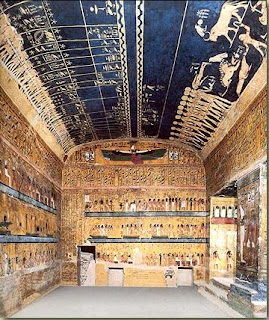



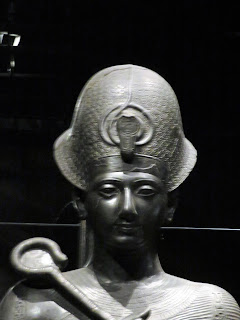

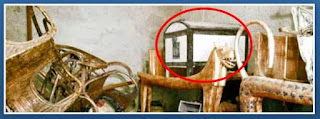
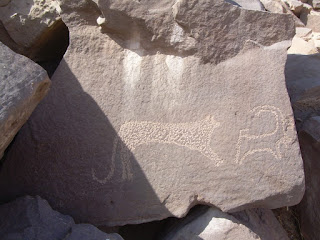
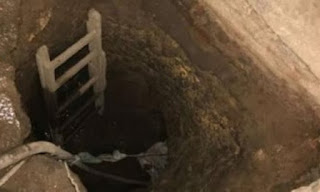

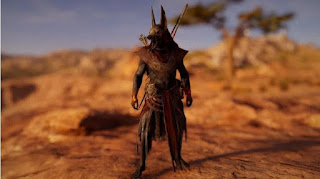

No comments:
Post a Comment
Note: Only a member of this blog may post a comment.